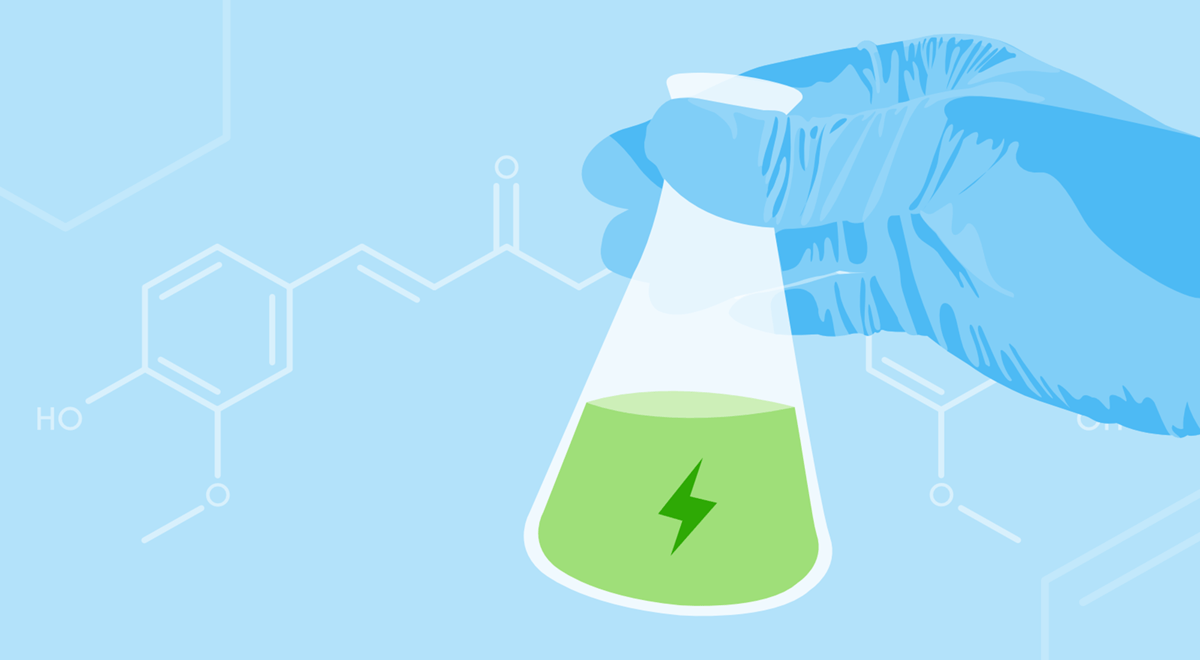Lab supply management isn’t cheap. Lab managers need to oversee the purchasing, storing, cleaning, using, and repairing lab supplies, all while trying to make them last as long as possible to conserve budget. By extending the life of lab supplies, biotech R&D labs can mitigate supply chain shortages and operate more efficiently overall. After all, without the necessary equipment to conduct research, labs risk missing research milestones and slowing performance.
Due to recent delays in lab supply shipments and a lack of product availability, lab managers have had to get creative in searching for ways to carry on research safely and sustainably.
COVID-19’s Effect on the Lab Supply Chain
COVID-19 took a toll on lab supply management. As the virus took the world by storm, the demand for testing rose, wiping out lab supplies and equipment, while the manufacturing and distribution channels were disrupted. Soon, there was a dramatic lab supply shortage worldwide that affected more than testing facilities.
R&D labs saw a 5x increase in backordered supplies during the pandemic, and lead time for products increased by 200%. Basic lab supplies were altogether unavailable like gloves, petri dishes, and other tools. This shortage caused a delay in testing and other projects. Consequently, scientists were forced to find alternative means.
The FDA published a Medical Device Shortage list during the pandemic, which listed lab supplies and equipment that were widely unavailable, including pipette tips and other testing materials which impacted lab operations nationwide.
Labs experienced months without needed equipment and delays in experiments, so scientists turned to creative solutions to continue work.
How Lab Managers are Dealing with a Lack of Lab Supplies
Lab supply shortages forced scientists to turn to new ways of ordering and using lab supplies, and changed which supplies they even chose for research projects based on what was available. Biopharma labs began ordering from 50% more suppliers to compensate for a lack of availability at their typical lab vendors.
Evelyn Gitau, director of Research Capacity Strengthening at the African Population and Health Research Center, faced difficulties with lab supplies during the pandemic at her facility. She says, "There has been a proliferation of substandard lab equipment and lab consumables. It’s counterproductive. If you’re going to send me a pipette that’s not fit for the purpose, you must as well have cancelled the whole experiment I was doing."
An item being completely wrong can pause research and delay progress. But the items that scientists know work have become more valuable, putting a premium on saving them and making them last as long as possible. When petri dishes are scarce, you want to keep the ones you have around.
Labs have adopted the “reduce, reuse, and recycle” ethos as the best solution. This has put an emphasis on extending the life of lab supplies and enforced the importance of running a lean lab.
How can you extend the life of lab supplies?
1. Keep a detailed inventory of lab supplies.
When there’s a lack of real-time inventory, lab supplies may be miscounted or wrongly assessed. This can cause unnecessary expenses and waste the budget on lab supply management. It's best that lab managers invest in a lab inventory management process.
This can assist in ordering lab supplies and maintaining a record of all inventory details. Keeping close track of how often a product is being used and tracking seasonal patterns can reduce lab management supply costs, and provides the ability to stock up ahead of time. By accurately managing lab inventory, lab managers can monitor use more effectively, reduce inventory inaccuracies, automate stock level assessments, and forecast stock reordering.
2. Implement proper storage, cleaning, and maintenance of lab supplies and equipment.
Supplies can be ruined from incorrect storage or a lack of maintenance. Improper storage can cause sensitive lab equipment to expire early, wear out more quickly, and even lead to safety issues for lab staff. Poor lab supply storage, cleaning, and handling can quickly run up a lab budget and put researchers at risk.
Organize lab supplies with intent and in temperature-appropriate containment. All lab items should be stored so as to be easily found, using other efficiency strategies like placing the most used items at the front and labeling everything.
In biotech and R&D labs, equipment can be expensive and delicate. Educate staff on cleaning techniques and hazards, like products that can be scrubbed with certain harsh materials and those that need gentler soap or cleaning supplies.
3. Conduct lab supply management training.
Make sure lab staff are up-to-date with lab supply maintenance and training and aware of how they can help reduce lab supply shortage. This can be applied to new and old staff members. Regularly schedule mandatory training for properly using and cleaning lab supplies, supply storage best practices, and inventory tracking processes.
During COVID-19, many scientists learned to reuse lab supplies with proper cleaning and handling. Teach the staff which tools and equipment can have a longer life and how, whether that’s manufacturer-recommended cleaning and repair or day-to-day use and storage.
4. Purchase quality lab supplies from the start.
It takes time and skill to manage finances and purchasing programs, and to choose the best supply vendors and lab supply marketplaces. While regular maintenance is essential for lab supply management, purchasing quality tools saves money in the long run.
The best supplies last longer and reduce the need for servicing. Also, high-quality equipment will save lab members time and produce the best results. Equip the lab with products that have multiple uses for maximum return on investment.
When it comes to shorter research programs, determine lead times early when evaluating equipment, since you may need to wait for backordered supplies. Create a detailed lab experiment plan in advance that includes the ordering and time to receive supplies and avoid delays once the project is underway.
5. Reduce, reuse, recycle, and repair lab supplies.
Lab managers can implement a recycling program in the lab. This can mean reusing supplies when appropriate or recycling products and materials that would have traditionally been disposed of in the garbage.
Reach out to local facilities management and waste disposal organizations to find out what can be recycled, how, and where. Some lab materials that can be recycled are pipette tip boxes, conical tubes, centrifuge tubes, and cardboard packaging.
Remember, while it’s great to recycle, labs can also implement efforts to reduce overall waste, further saving budget and helping to become a more sustainable lab. When equipment or supplies break in the lab, always ask the question, should this be replaced or repaired?
Labs Should Always Be Prepared
Lab managers need to be prepared for the worst and for the unexpected. No one saw COVID-19 coming and lab supply management took a huge hit, resulting in a dramatic lab supply shortage.
By learning how to keep a lab running efficiently with organization, training, and lean lab supply management, lab managers can be prepared for unexpected environmental events. The pandemic was an eye opener for many labs, acting as an opportunity to be more agile, prepared, and savvy out of necessity.




